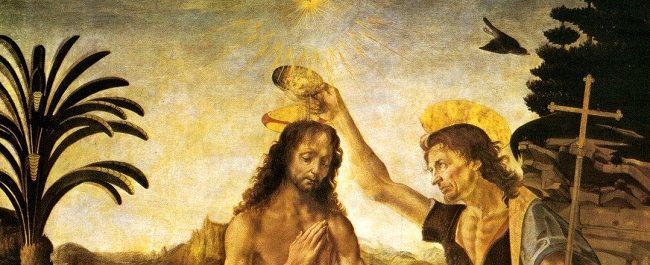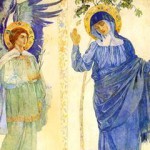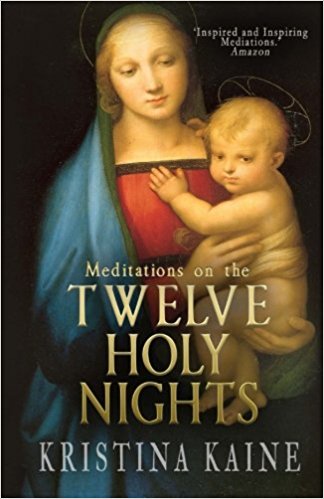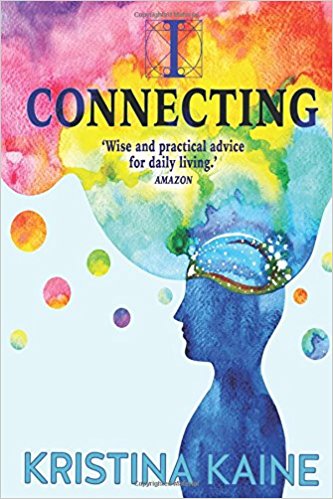St John’s Day
The Four Sacrifices of Christ and St John’s Day
As we celebrate the birth of John the Baptist each year on June 24, we recognize his role in the entrance of Christ into this earth. This is not usually given the recognition it deserves. This is perhaps because Christ’s role is far from understood. Throughout this book we have considered Christ as a mighty Cosmic being, beyond our understanding, who entered into – penetrated – the body of Jesus of Nazareth. Because Christ was such a mighty Cosmic being it took many stages of refinement and preparation before this earth could receive him. It also involved some highly developed individuals: Jesus, and equally importantly, John the Baptist. This is why many famous painters included John the Baptist in their paintings of Jesus, even as children. He is usually the one carrying the staff.
It is important to consider that this mighty Cosmic Christ prepared for his earthly baptism and crucifixion over eons in the spiritual worlds through sacrificial acts. There were three preceding baptisms and sacrifices before Golgotha. Rudolf Steiner revealed this information, held secret in societies over the centuries, just before the start of WWI, in a lecture called “The Four Sacrifices of Christ” June 1, 1914. It is likely that he spoke of it at this time because each of these sacrifices had the purpose of averting chaos. While we cannot know for sure all the details of these sacrifices, we can be open to thinking about them as we observe our own life – which is the real purpose of this knowledge. Let’s revisit these sacrifices.
The first sacrifice took place at the time of Adam and Eve when humanity assumed physical form for the first time. As we adjusted to occupying a physical body, we felt the separation from the Universal All. Imagine the sensation of standing on two feet – anyone who has lost the use of their legs, and then is able to stand, would understand this. Not only that, we began to experience our senses and our nervous system; they are the interface between us and the outside world. We felt this as a separation and our immediate response was to want to feel part of the whole again. This is like wanting to re-enter our mother’s womb after we are born. This pain of separation gave rise to extreme selfishness. To save humanity from this destructive situation Christ intervened and helped us to experience ourselves as individuals, replacing selfishness with selflessness.
Eons later a new selfishness arose as we began to speak. Our speech is directly related to our inner organs and metabolism, which is why when we are ill we can’t speak we just moan. The selfishness of our organs meant that they fought over the nourishment we ingested. Imagine the brain, heart, kidneys, liver, and lungs fighting over which one gets the most nutrients – when an organ becomes selfish, illness results. In the lecture mentioned above, Rudolf Steiner says, “To be ill means that an organ has become selfish and is leading its own independent life within us.” Again, Christ entered to harmonize and balance the vital organs that rendered them selfless and gave us health.
The next intervention requiring Christ’s sacrifice took place around the time of the great flood which we read about in the Bible in the story of Noah. Selfishness arose in our soul, creating disorder in our thinking, feeling and willing. In my book “I Connecting” I describe how these faculties work and how to become conscious of them and assist them to be orderly.
The fourth sacrifice took place to avert the selfishness of our individuality, to prevent us from becoming self-absorbed, so that we could observe ourselves from the outside. This sacrifice began with the baptism of Jesus in the Jordan conducted by John the Baptist and manifested three and half years later on the cross at Golgotha when the blood flowed into the earth. Adriana Koulias, author of Rosicrucian Quintet says,
“The reason people faint at the sight of blood has to do with the fact that they are observing outside them what inwardly gives them life and makes them individual, and it comes as a shock. We meet this mystery in stories and fairy tales, for instance in Sleeping Beauty when the beauty’s finger is pricked by a loom she is shocked into a deep sleep and so is the entire castle. In the story of Parzifal it is different when he sees blood fall on the snow he is shocked into wakefulness and remembers the suffering of his poor wife who he has not seen for long years. Parzifal exemplifies the new selfless consciousness. A consciousness, which is inspired by a memory of Christ who shed his blood selflessly for all humanity.”
On St John’s Day, we can contemplate these ideas with deep gratitude for the sacrifices of the mighty Cosmic Christ who makes it possible for us to become true human beings by moving from selfishness to selflessness, still today. If we choose selfishness, we turn our back to him and play into the hands of all those forces that seek to destroy this world.
From The Secrets of the Christian Festivals
Baptism of Christ by Leonardo Da Vinci









